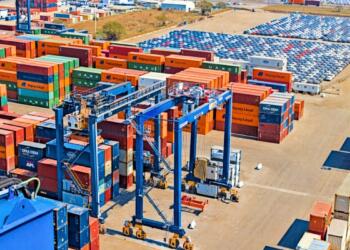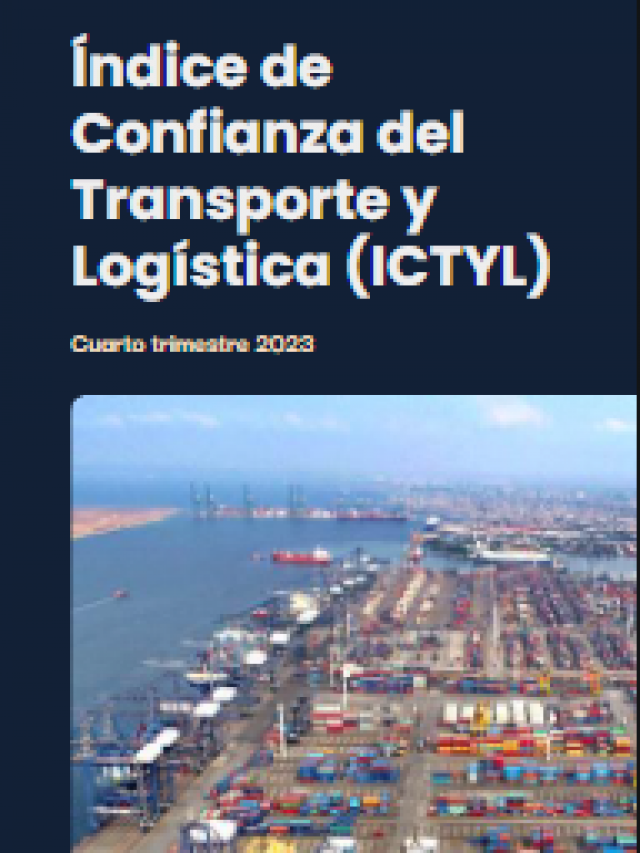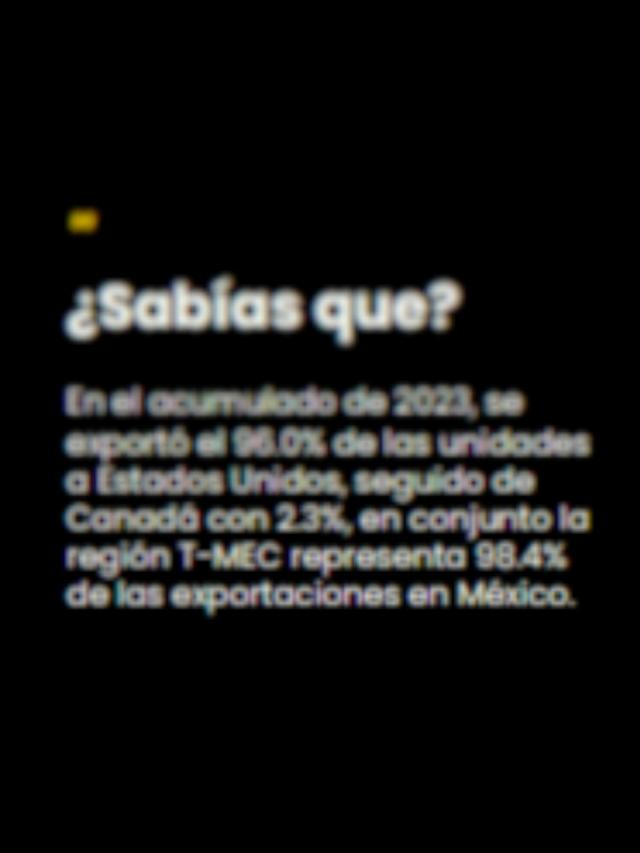
In 2024, freight trucking not only maintained its leadership, but also reached its highest share in almost three decades, since 1996, consolidating itself as the backbone of freight movement in Mexico, according to the most recent statistics from the Ministry of Infrastructure, Communications and Transportation (SICT) .
Its dominance over other modes of transportation reveals an inescapable reality: the national economy is moving on wheels. And yes, just like the song, trucking came to “roll and roll,” “to remain king.”
With a 58.3% share of total freight transport in 2024, trucking managed to regain ground and set a record not seen since 1996, when it reached 58.9 percent .
Compared to 2023 (57%), last year’s increase was 1.3 percentage points.

Although the percentage share of road transport was higher in 1996, the volume of freight transported grew considerably in 2024 (572 million tons). The increase of 189 million tons compared to 1996 (383 million tons) highlights the fundamental role of road transport in the country, even in an increasingly competitive market with other modes of transport. The expansion of the sector is clear.

Road transport was the winner compared to other modes of transport. In 2024, rail transport remained stable with a 13.8% share , with no significant changes compared to 2023, when it stood at 13.3%.
As for air transport , its share remains minimal, accounting for just 0.1% of total cargo transport, unchanged from the previous year.
The big loser in 2024 was water transport (maritime) , which saw its freight market share decline by 1.8 percentage points . It fell from 29.6% in 2023 to 27.8% in 2024, reflecting a significant loss to road transport.

According to the SICT (Spanish Institute of Transportation and Transport), road transport remains the primary mode of transportation in Mexico, accounting for 76.1% of the total freight and 58.3% of total passengers, consolidating its position as a pillar of the Mexican economy. Furthermore, its impact is reflected in the contribution of 5.9% of the Gross Domestic Product (GDP) and the creation of more than 2.3 million direct jobs .
In 2024, motor transport continued to be “ the king ” in sales, reaching a historic record of 67,704 units sold , exceeding initial projections by 37.1% and 2023 sales by 22.3%, according to the National Association of Bus, Truck and Tractor-Trailer Producers (ANPACT).
This increase in sales reflected an industry that continued to adapt to the demand for more efficient and sustainable vehicles, especially with the transition to Euro 6 / EPA 10 engines , which marked a significant advance in the decarbonization of the sector, according to ANPACT.
Regarding cross-border trade between Mexico, the United States, and Canada, trucking remains a crucial pillar and stands out as the primary mode of transport in the exchange of goods .
In February 2025 , trade reached $131.6 billion, a 2.1% increase compared to the same month the previous year. Of this figure, motor transport moved goods worth $86.6 billion , representing 3.9% annual growth, according to the Bureau of Transportation Statistics (BTS) .
In contrast, rail saw a 11.7% drop to $15.1 billion, reflecting a decline compared to other modes of transportation. Among other modes, pipeline transportation stood out with a 23.1% increase, reaching $10 billion.
Meanwhile, maritime transport registered a significant drop of 22.9%, moving $7.7 billion, and air transport showed growth of 4.8% to $4.8 billion.

Despite the transformations in the landscape, trucking remains king , reaffirming its dominant leadership and strength in land trade. On the border with Mexico , $51.4 billion in merchandise was moved by truck, making it clear that trucking not only leads, but remains the most efficient mode of cross-border trade , consolidating its crucial role in the region’s economic dynamics.
Comment and follow us on X: @karinaquintero /@GrupoT21















